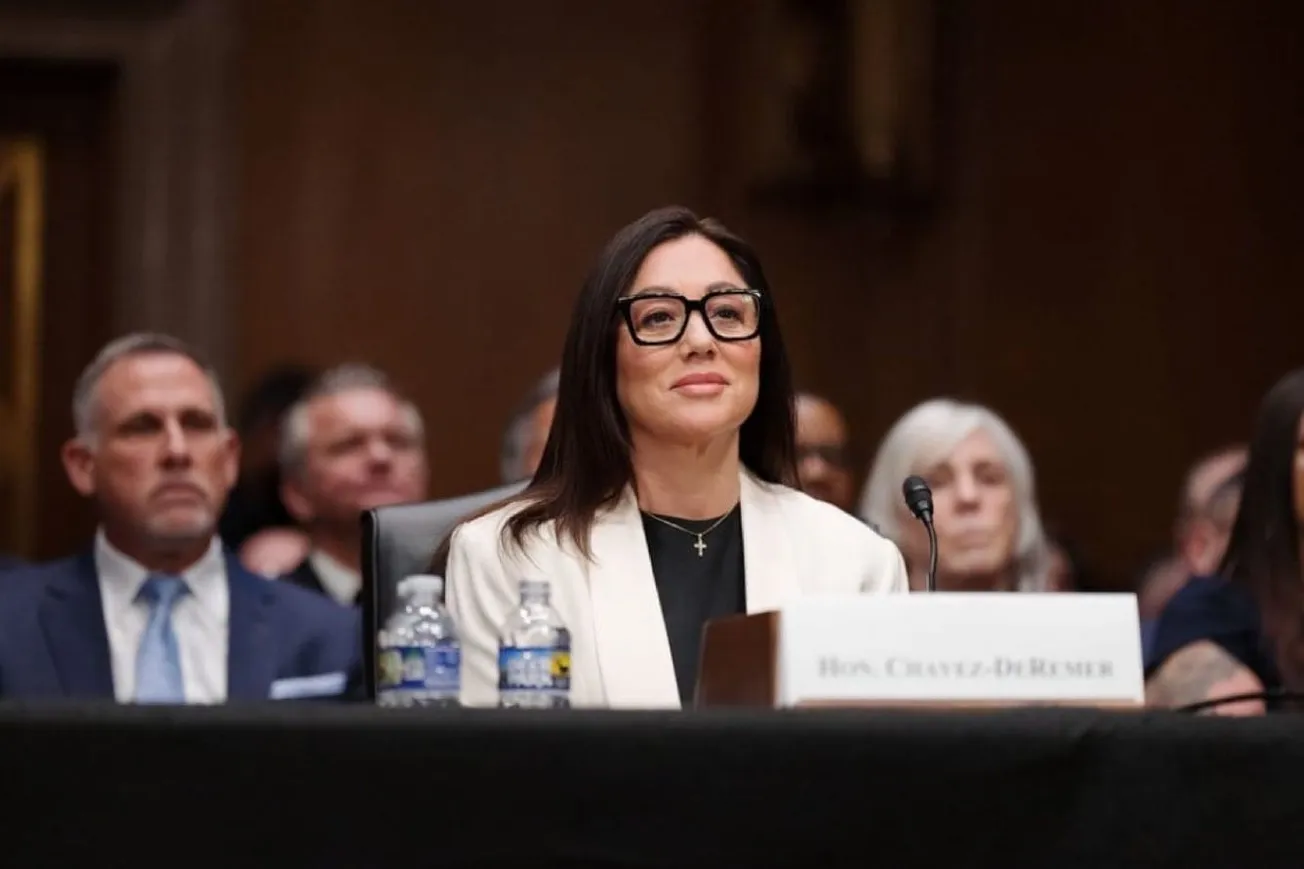By Steve Hanke And Caleb Hoffman for Daily Caller News Foundation
The Federal Open Market Committee will meet on Wednesday, Feb. 1, to determine the direction of U.S. monetary policy. What will the Fed do? Since March 2022, it has already raised the fed funds rate by 4.25 percentage points, the largest one-year increase in four decades.
When it comes to speculation over the direction of the fed funds rate, the financial press is filled with musings from Fed watchers and assorted wags. That is just background “noise.”
There is only one objective measure of where the fed funds rate is heading — in other words, the “signal,” rather than the “noise.” It’s the Chicago Mercantile Exchange FedWatch Tool, which translates the prices of trades on fed funds futures contracts (read: market prices) to put a probability on where the fed funds rate will go.
As Friedrich Hayek taught us long ago in his classic 1945 article, “The Use of Knowledge in Society,” an article that landed him the Nobel Prize in 1974, markets and prices are the only way of accurately aggregating and transmitting dispersed information.
Just what does the FedWatch Tool (read: the free market) predict the Fed will do on Wednesday?
As of Sunday, Jan. 29, the markets indicate that, with a probability of 98.4%, the Fed will hike the fed funds rate by 25 basis points, lifting the target fed funds rate range to 4.5-4.75%. So, the Fed is likely to hike interest rates for the eleventh time in the past twelve months.
That said, are the Fed watchers, the financial press and every cat and dog looking for indicators of monetary policy in all the wrong places? Milton Friedman indicated that “monetary policy is not about interest rates; it is about the growth of the quantity of money.”
So let’s take a look at what counts: the money supply.
Since its peak in March 2022, the money supply has been sinking like a stone. But you wouldn’t know it by reading Fed statements or articles in the financial press.
If anyone was watching the money supply, alarm bells would have been sounding since April 2022. Since April, the annual growth rate of the money supply, measured by M2, has been careening towards zero, and, in December, the annual growth rate of M2 flipped into negative territory — minus 1.3%. Given the usual lag of 6-18 months, as predicted by the quantity theory of money, a recession is right around the corner.
It’s baked in the cake.
This insight from the quantity theory of money is corroborated by leading economic indicators.
The Conference Board Leading Economic Index declined by a steep 1% in December, and has declined by a cumulative 4.2% since June 2022. The yield curve has been inverted since early July 2022, with the spread between the 10-year and 2-year Treasury bills having widened to its current level of 67 basis points. That’s more confirmation of an impending recession.
The Fed’s refusal to even give lip service to the quantity theory of money and the importance of the money supply has not only given Americans a good bout of inflation, but now will deliver a recession — all within three years.
What a record.
Steve H. Hanke is a professor of applied economics at the Johns Hopkins University in Baltimore and served on President Reagan’s Council of Economic Advisers. You can follow Hanke on Twitter (@steve_hanke). Caleb Hofmann is the chief of staff at the Johns Hopkins Institute for Applied Economics, Global Health, and the Study of Business Enterprise.
Original article link









